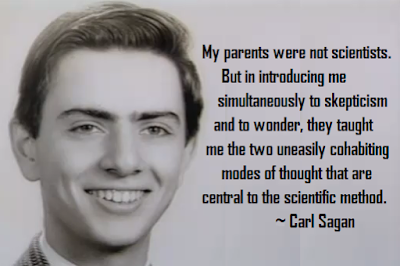


He told his class in a dramatic whisper: “I’m going to show how you can leverage these technologies in your artistic practices.” The 53-year-old professor grinned from behind his graying beard with the enthusiasm of a mad scientist meeting his test subjects. The widespread availability of artificial intelligence programs that serve as image and text generators is upending the rules of cultural production - and changing how students learn what it means to be an artist. Now, Weiler wants his students ready for an art world that is gradually embracing the latest digital tools. His classes have combined augmented reality with Edgar Allan Poe, virtual reality with Sherlock Holmes and machine learning with Mary Shelley’s Frankenstein. “What I’m going to show you might disturb you,” he warned the class in January, at the beginning of his graduate course on digital storytelling.Ī filmmaker who made his reputation on the frontiers of entertainment technology by inventing a popular augmented reality game around his film, “Head Trauma,” Weiler parlayed his experiments into a job at the School of the Arts, where he shows how computers might become creative partners instead of professional dead ends. Lance Weiler is preparing his students at Columbia University for the unknown.


 0 kommentar(er)
0 kommentar(er)
